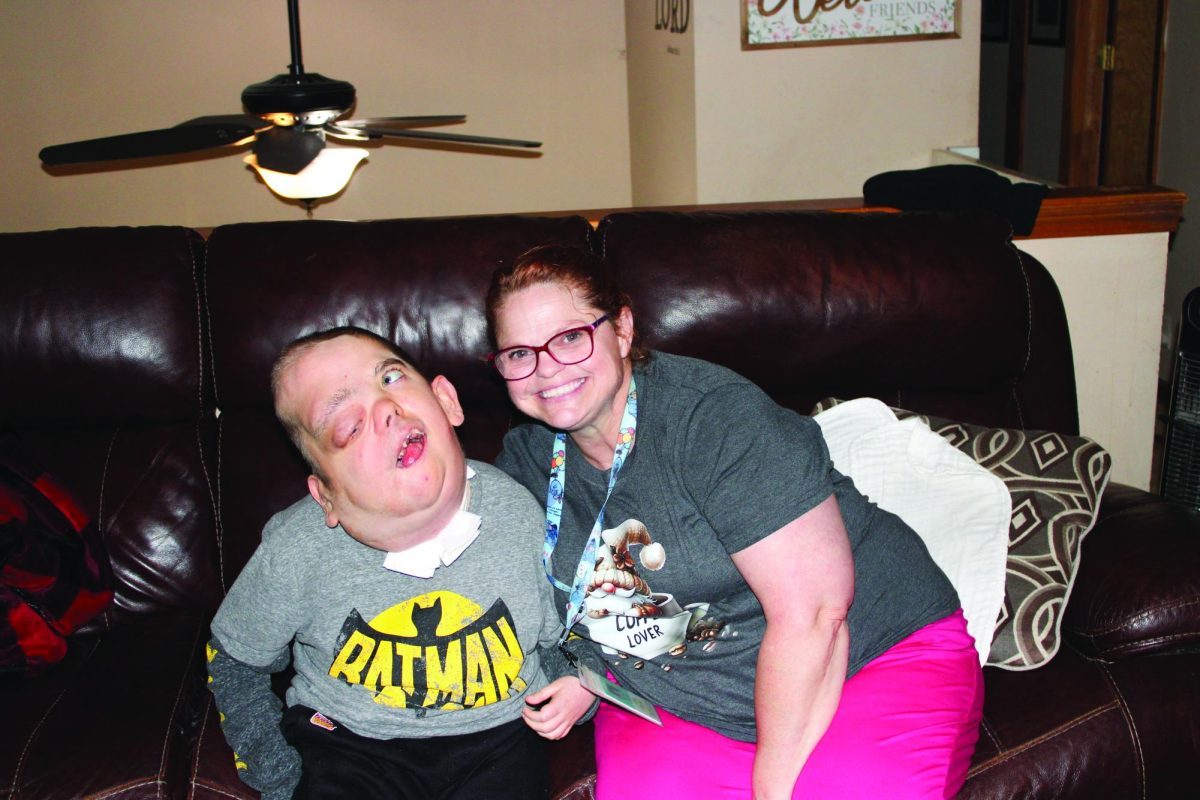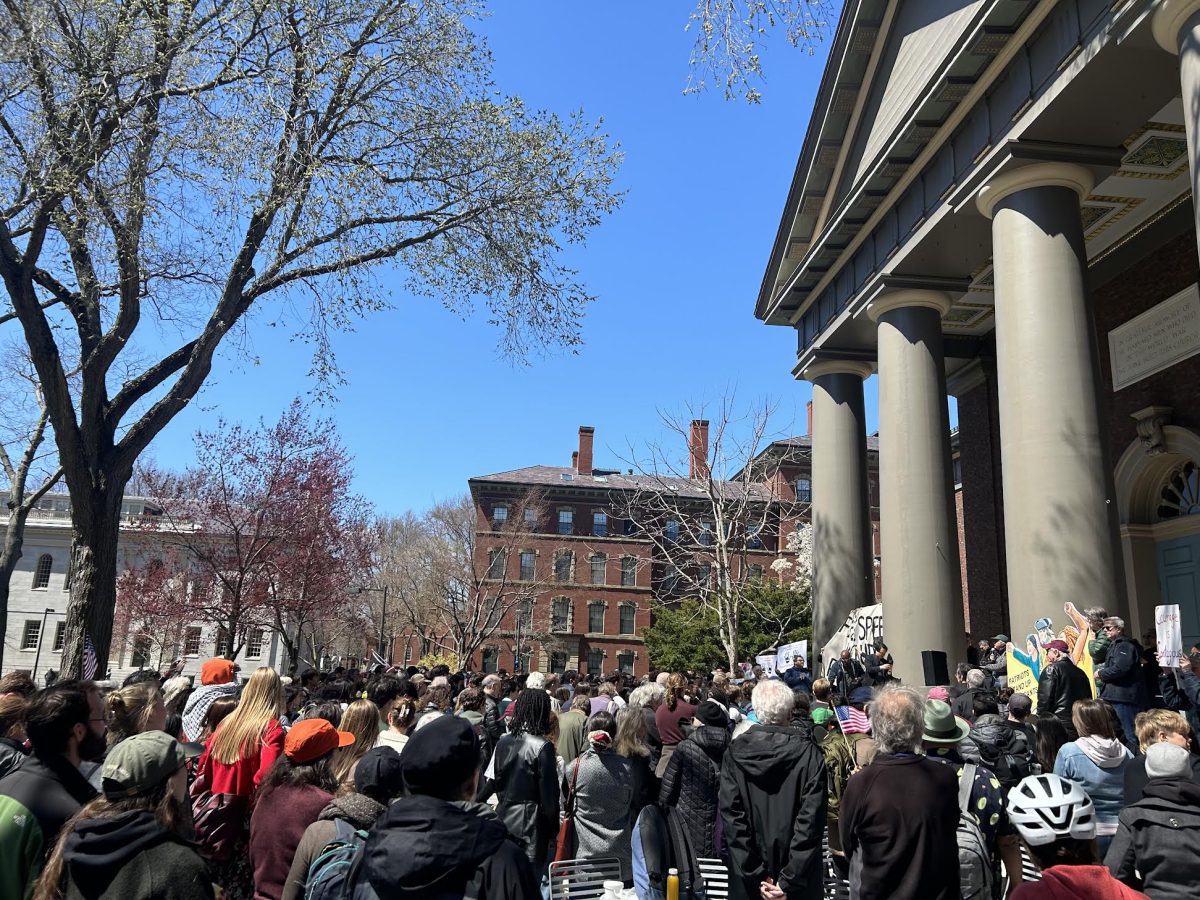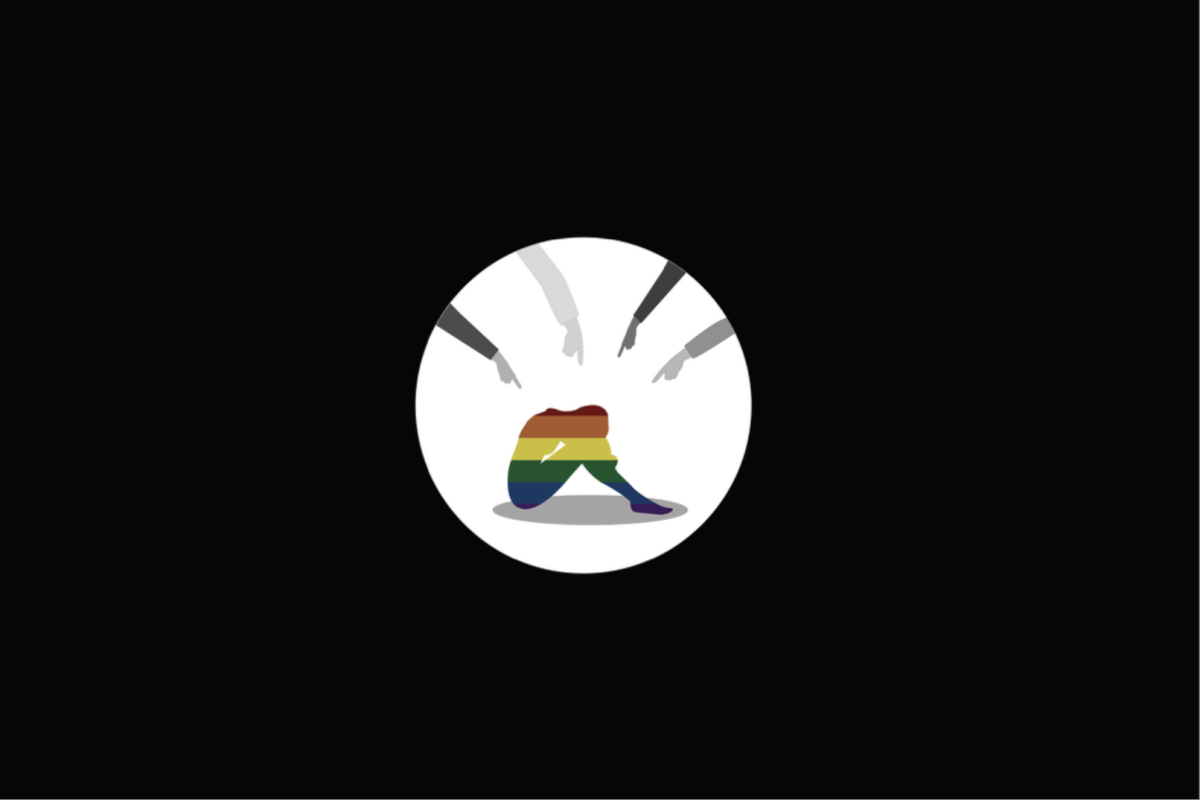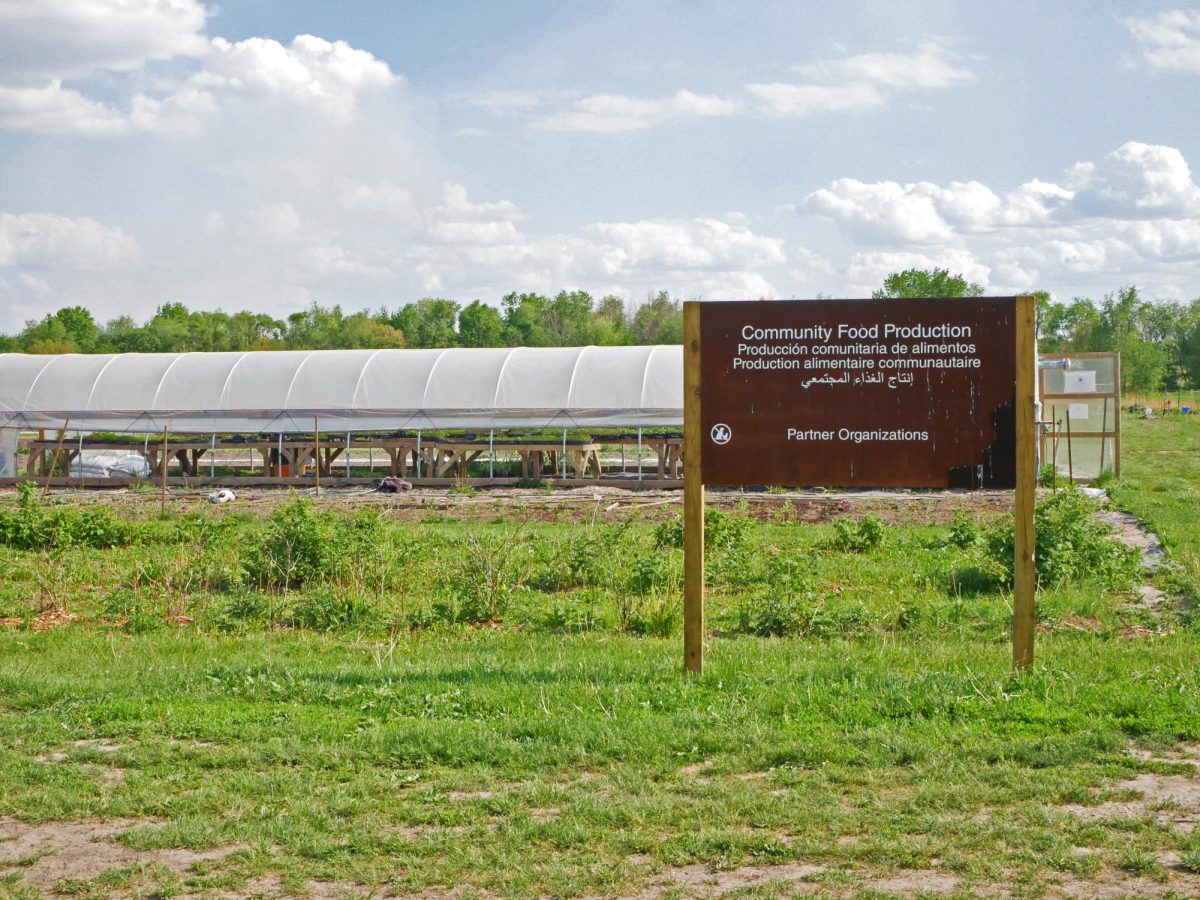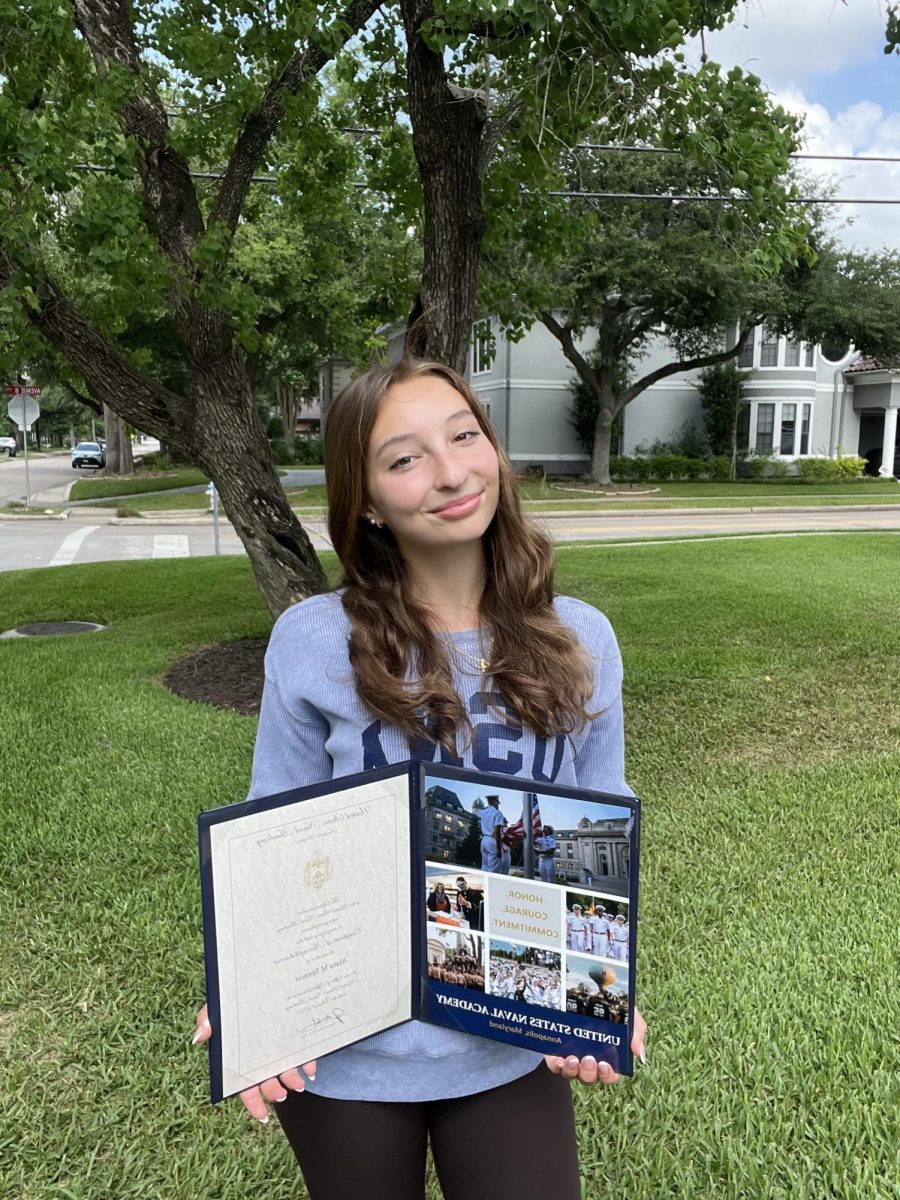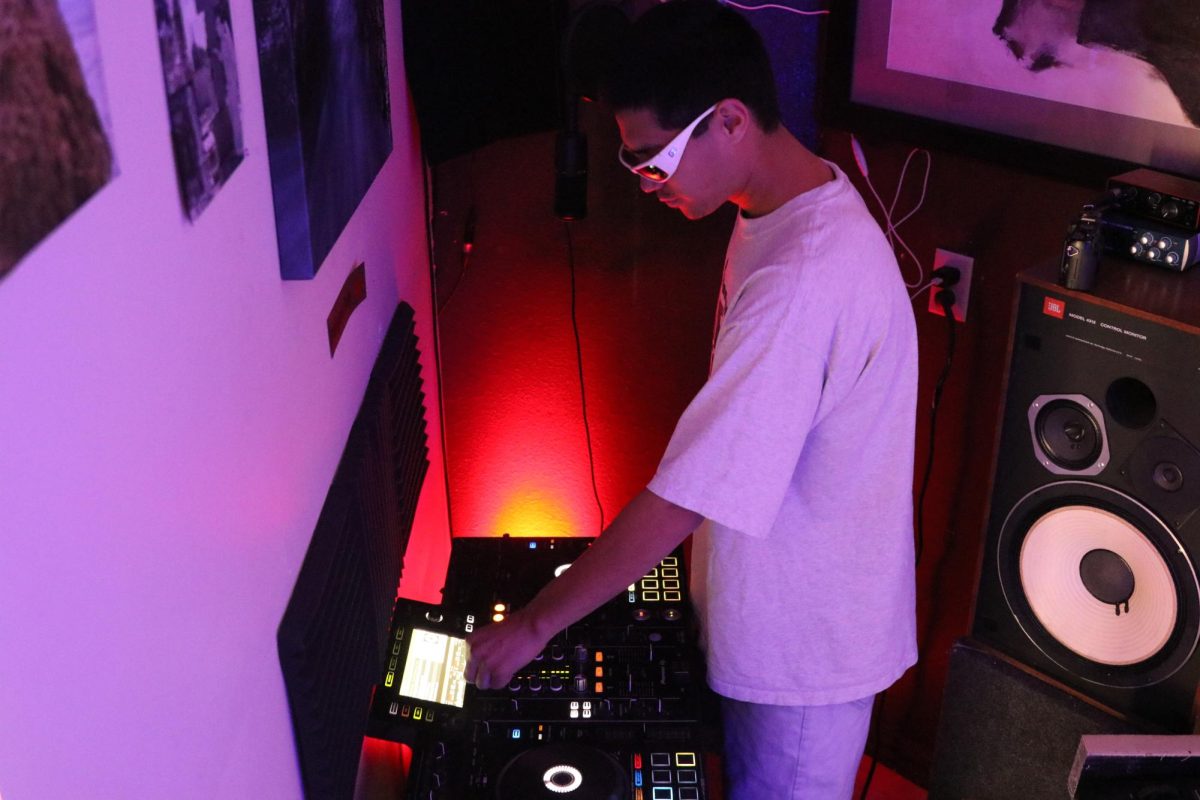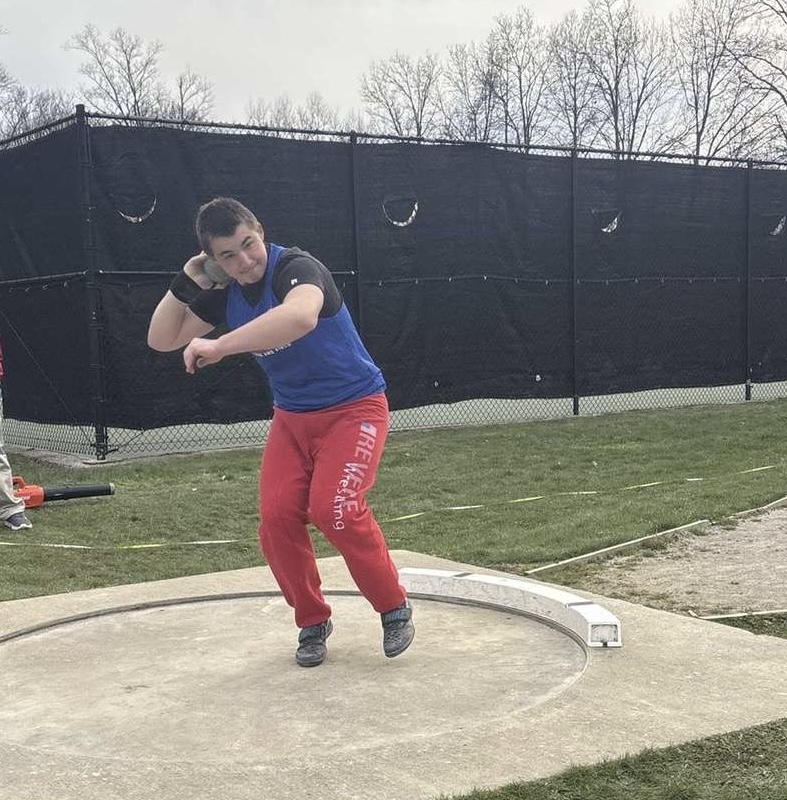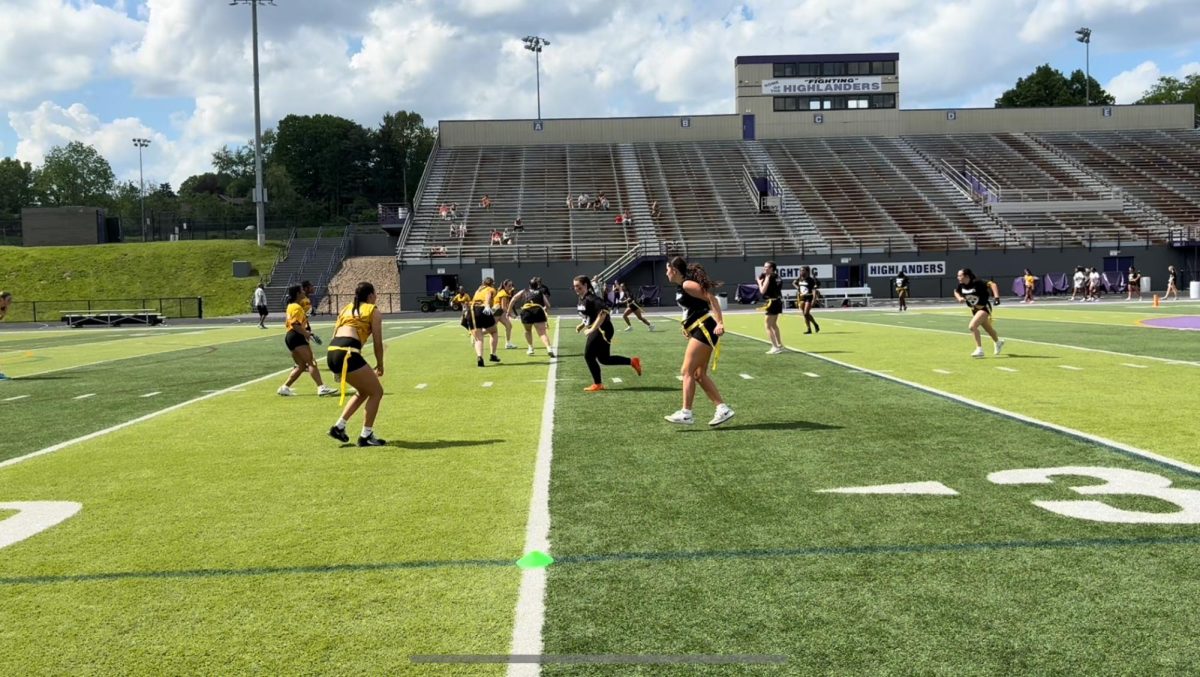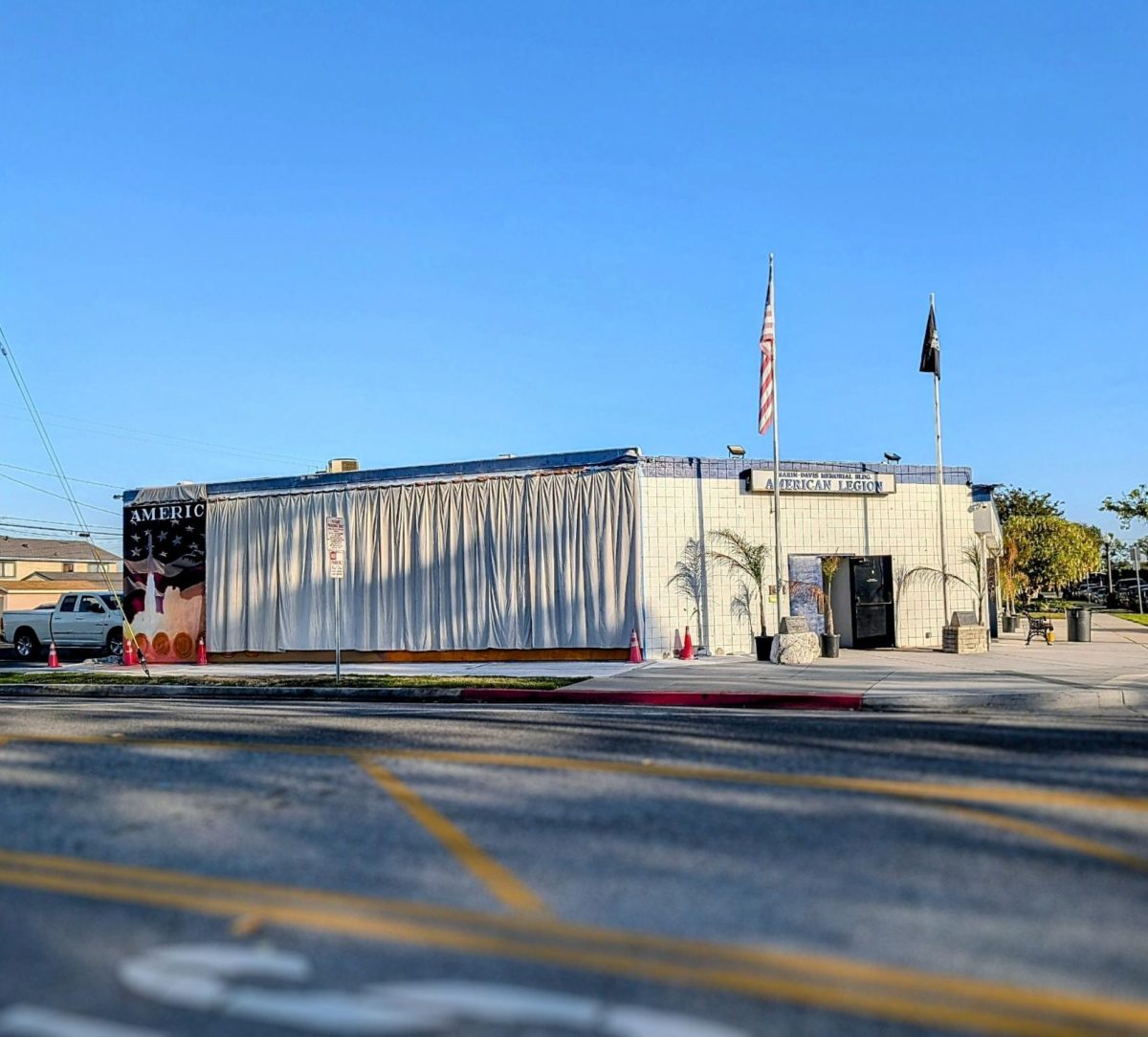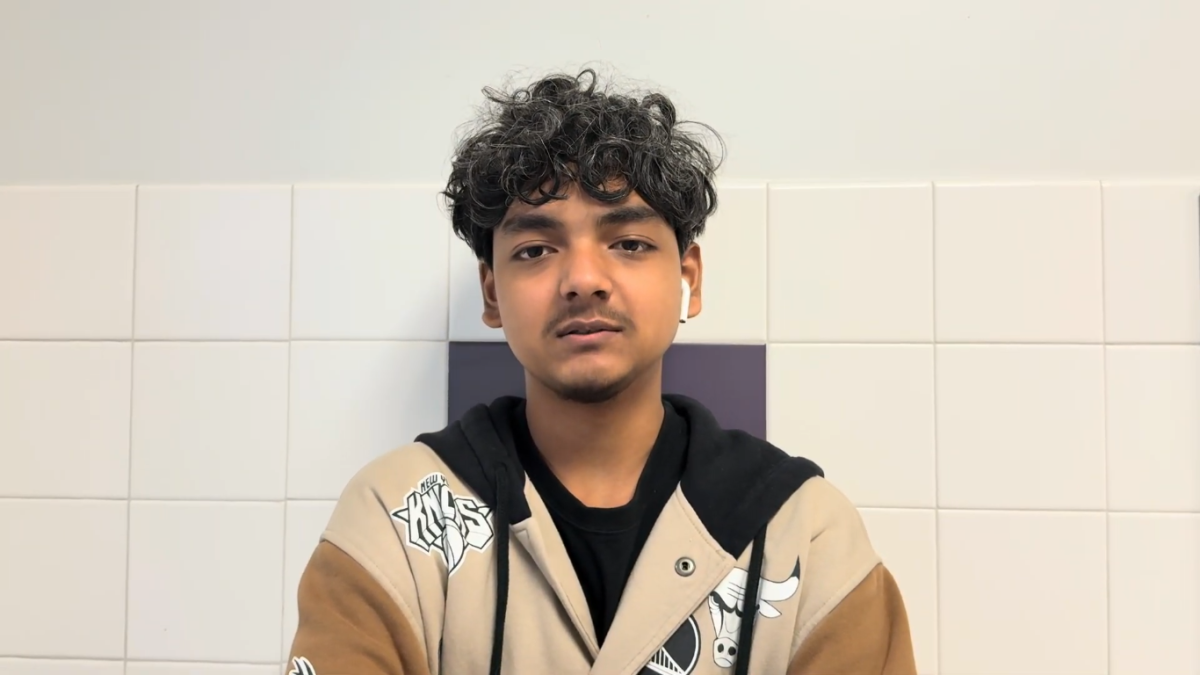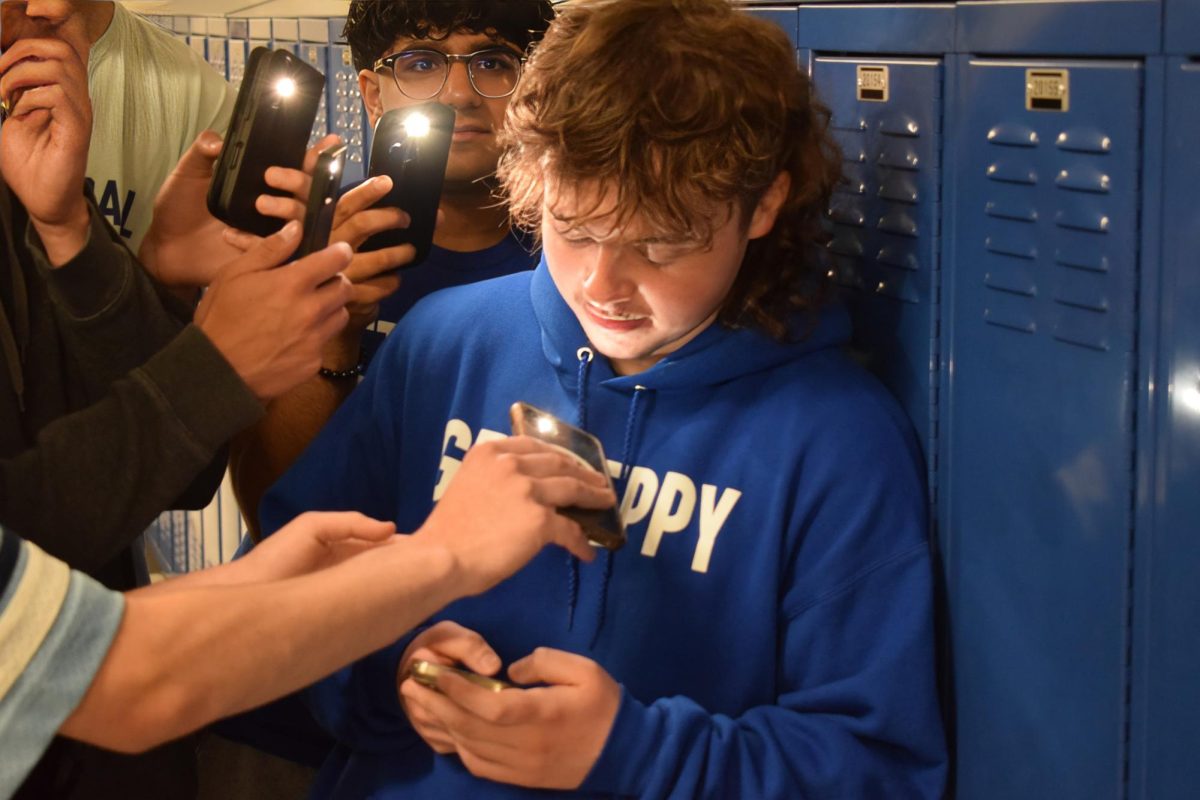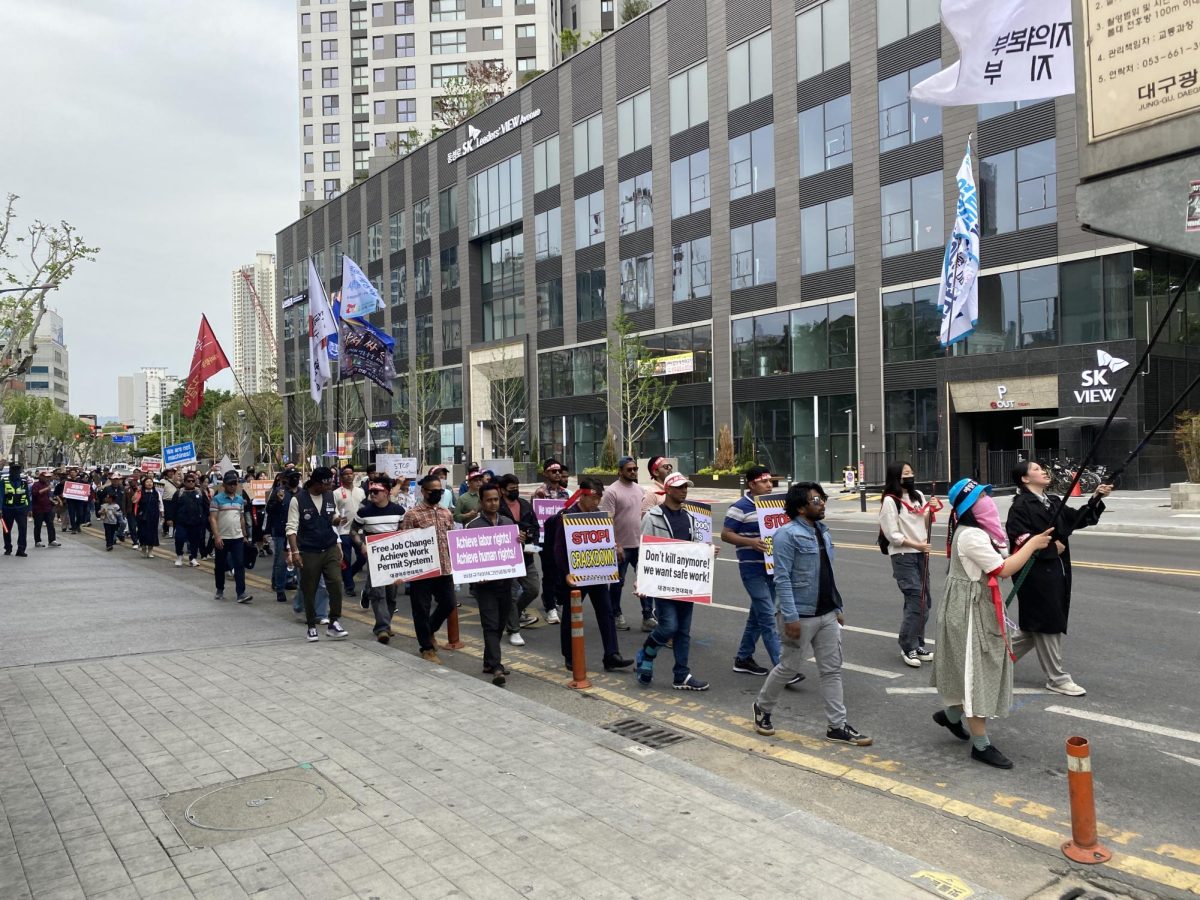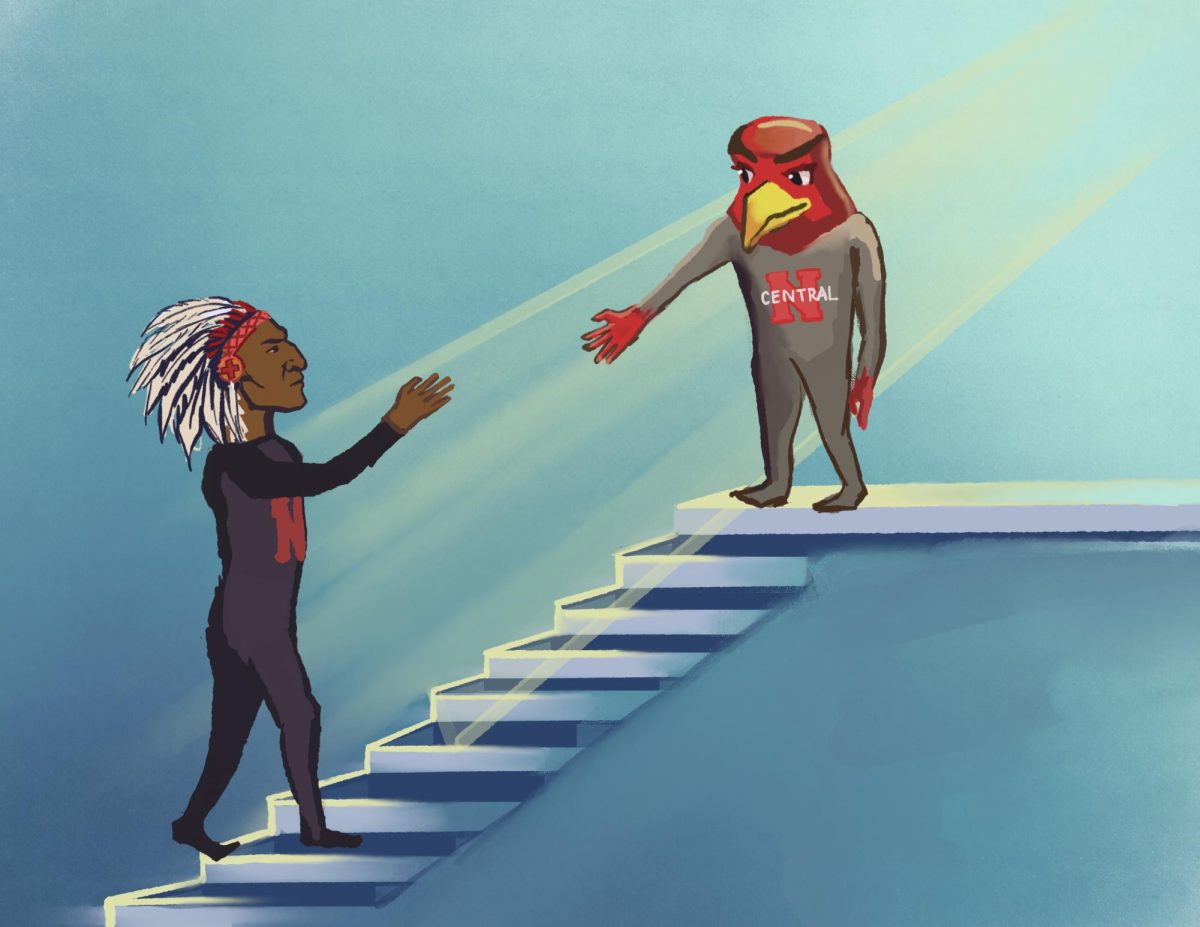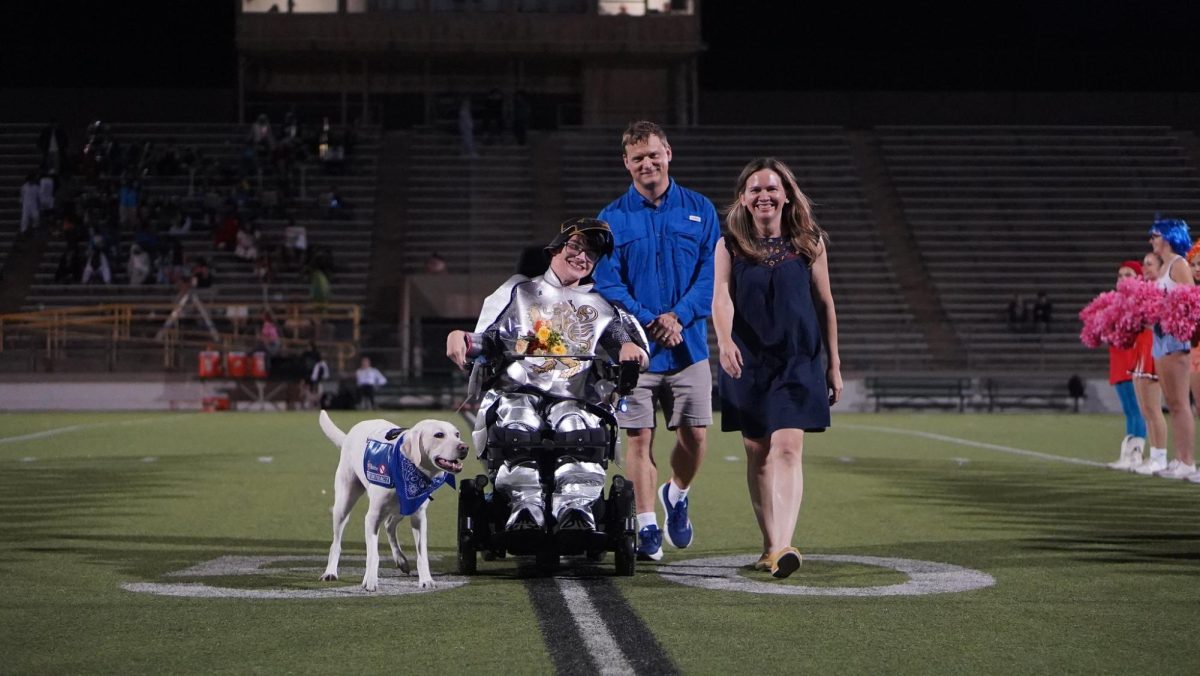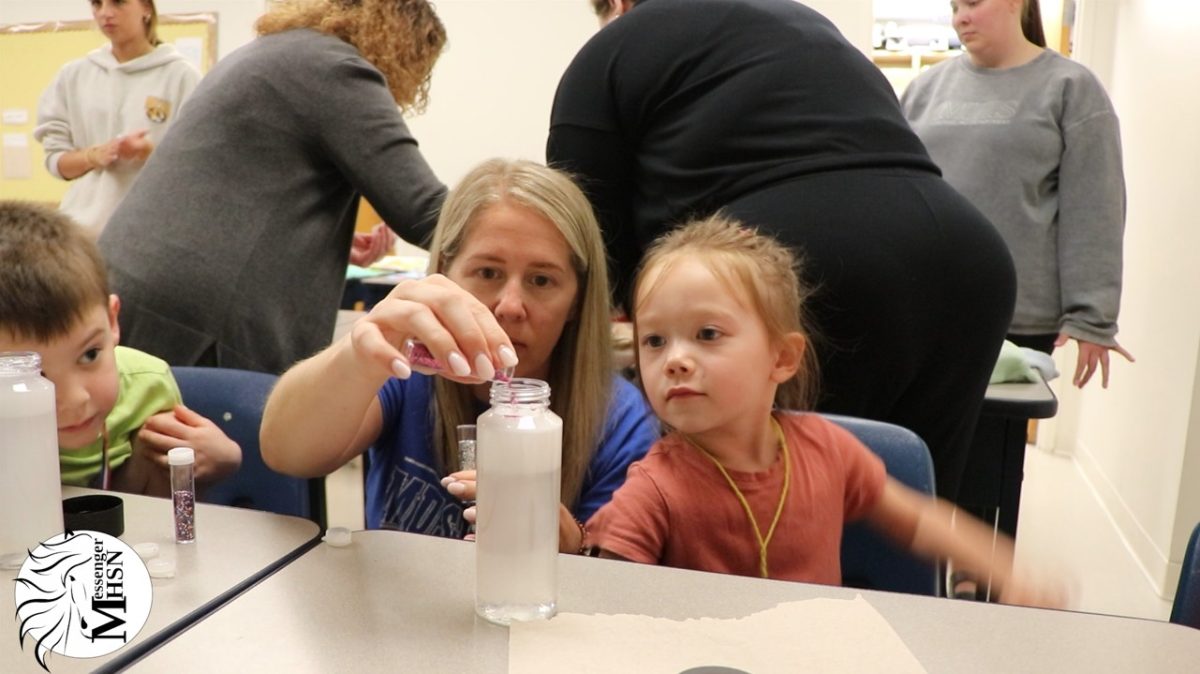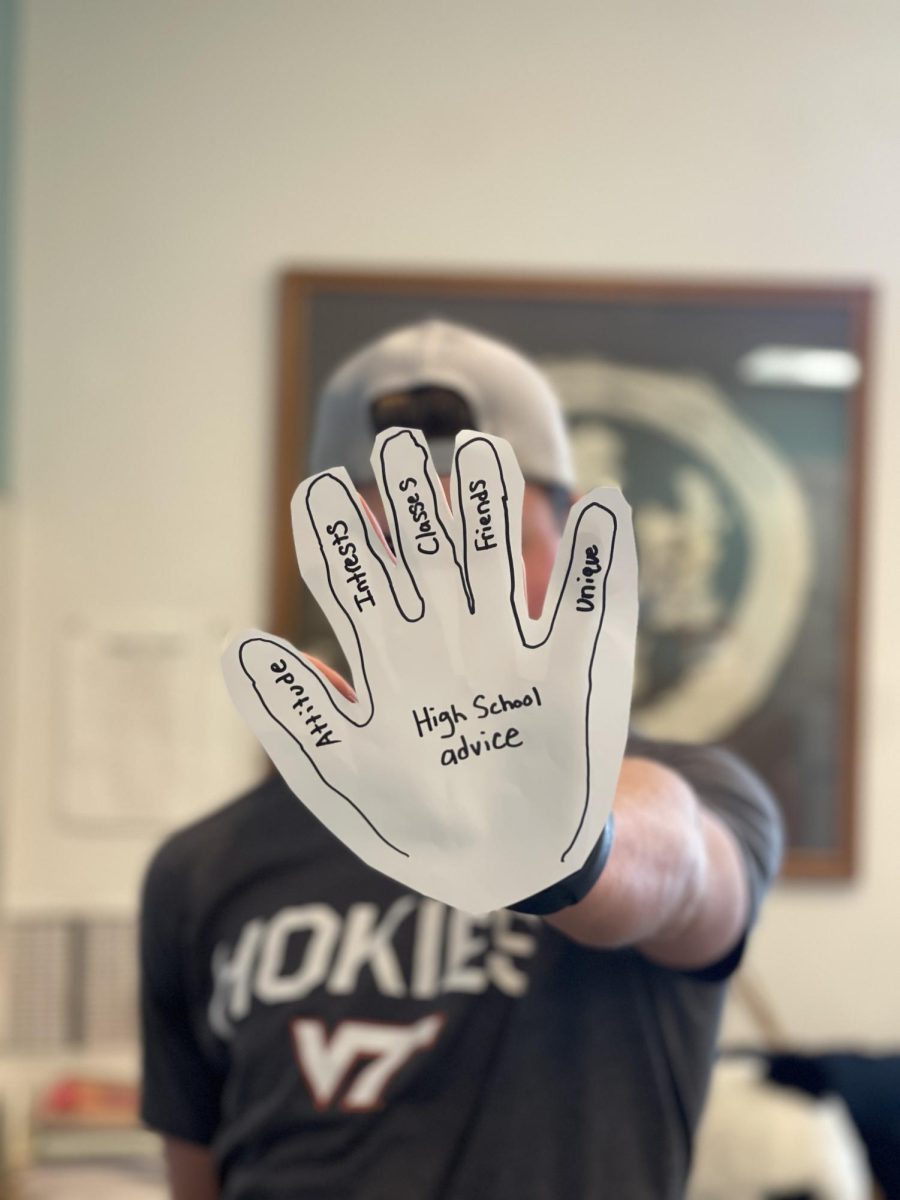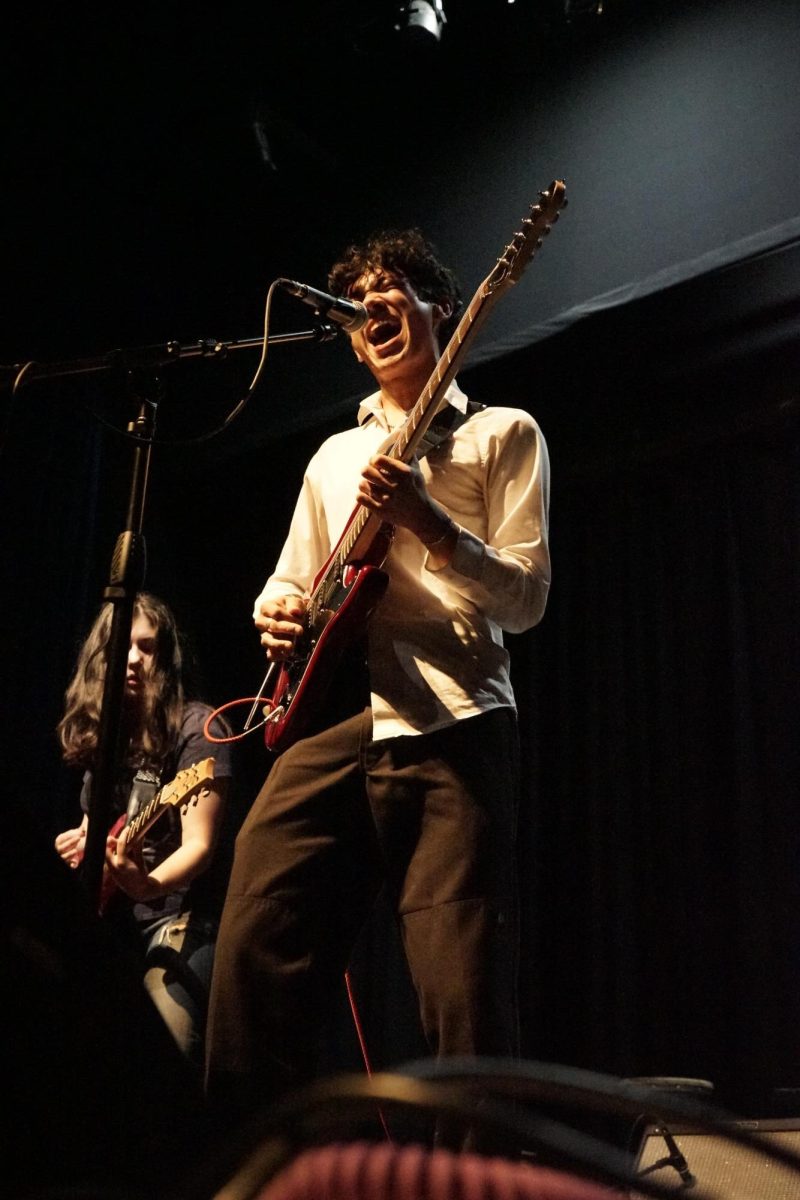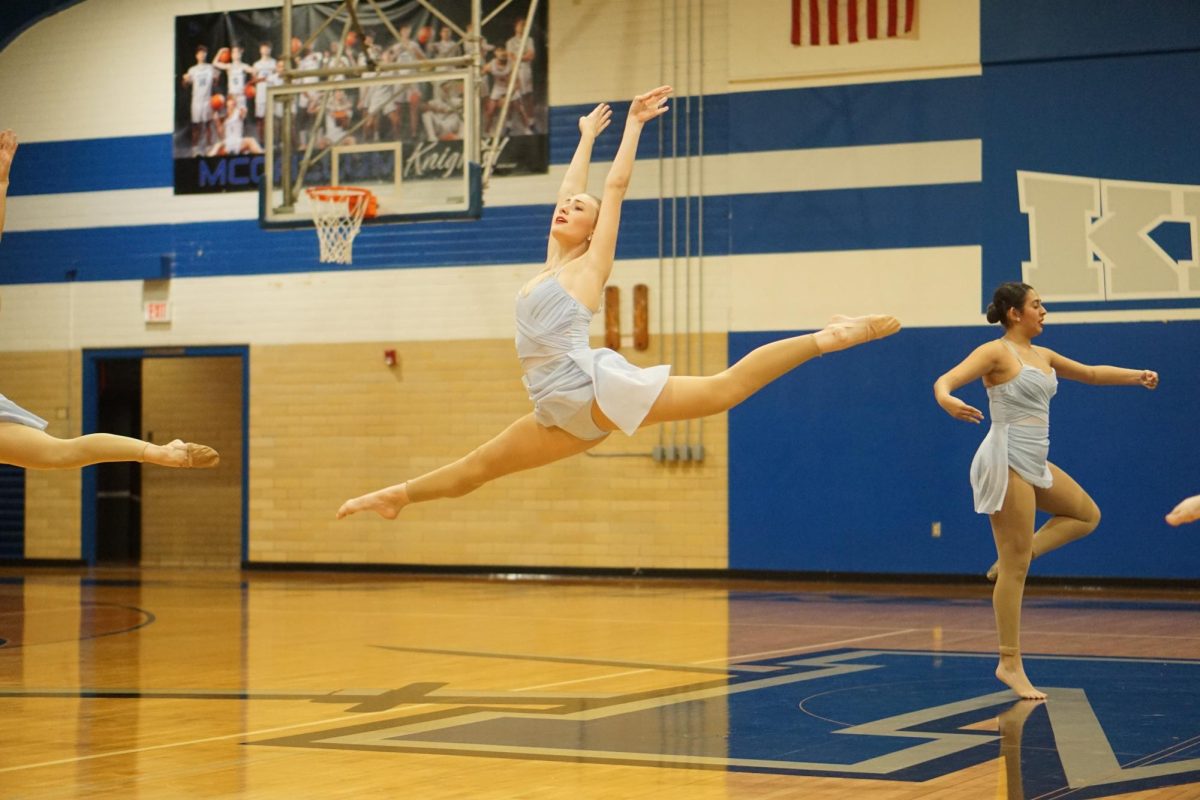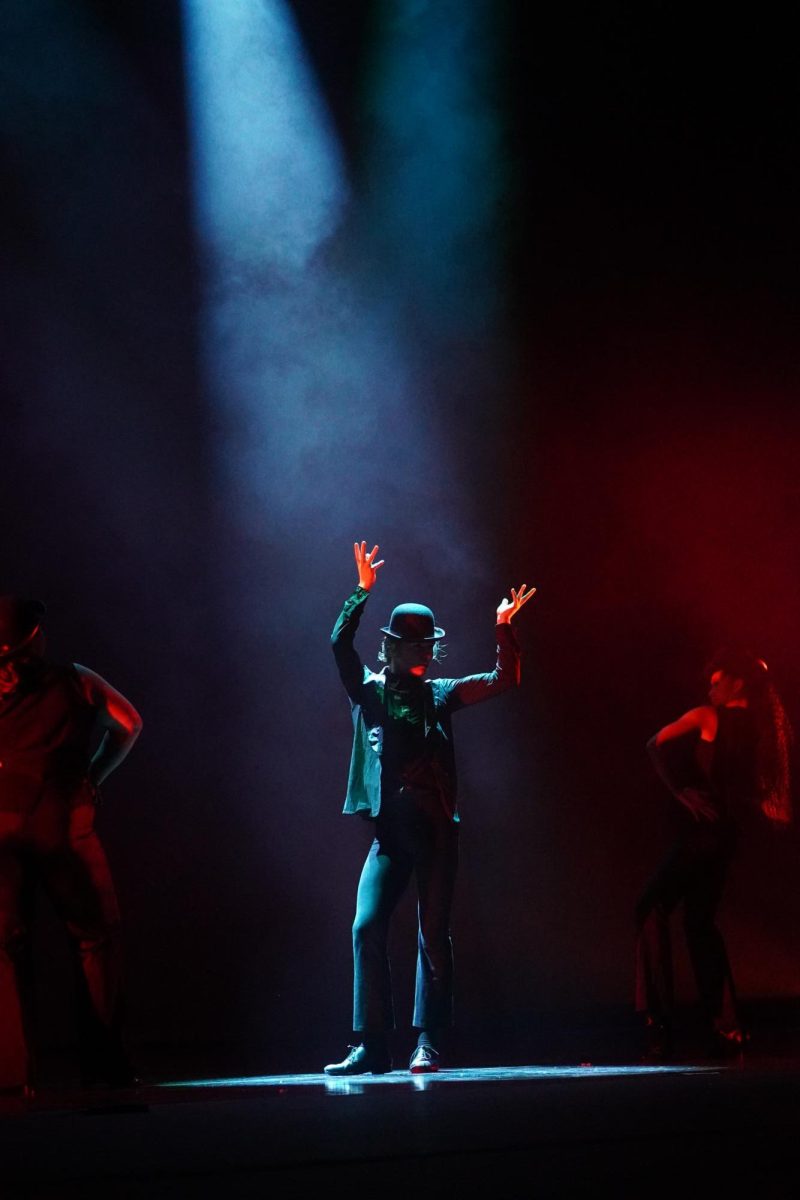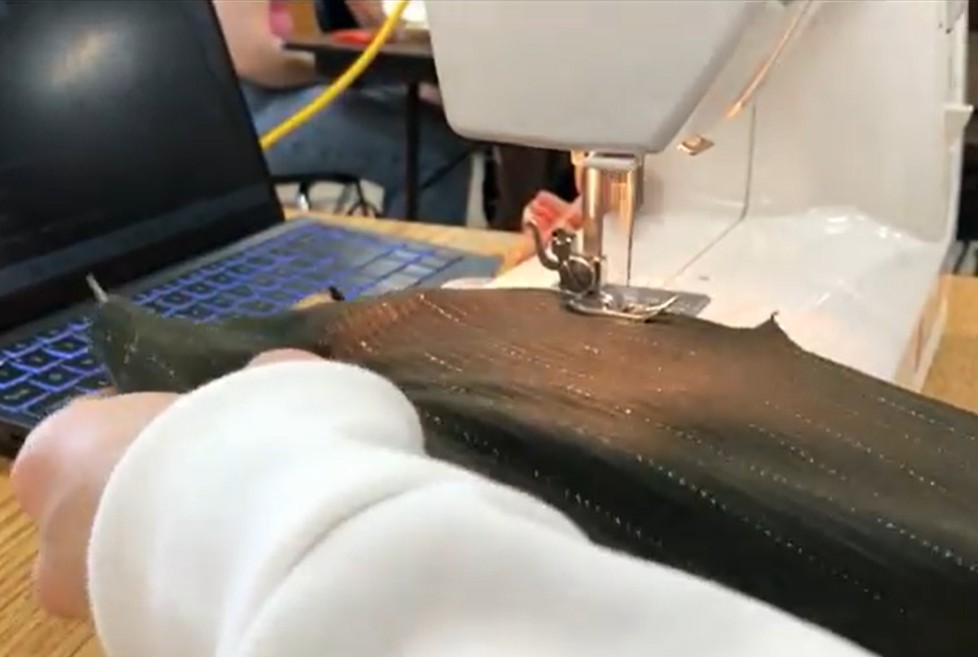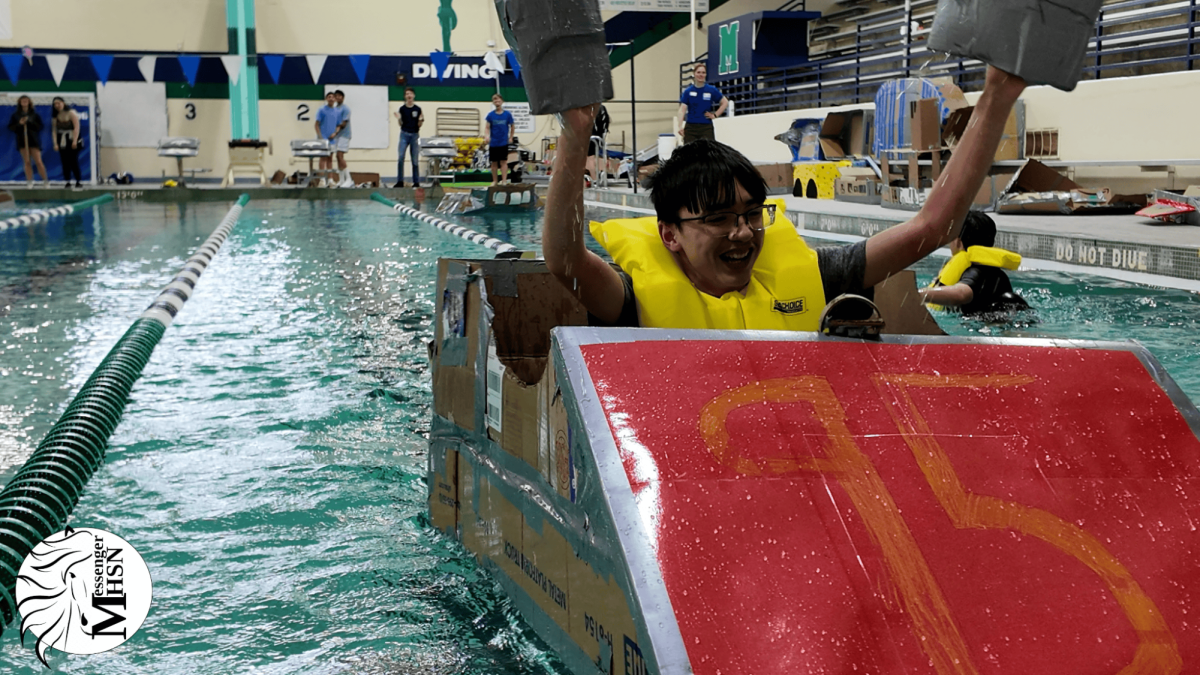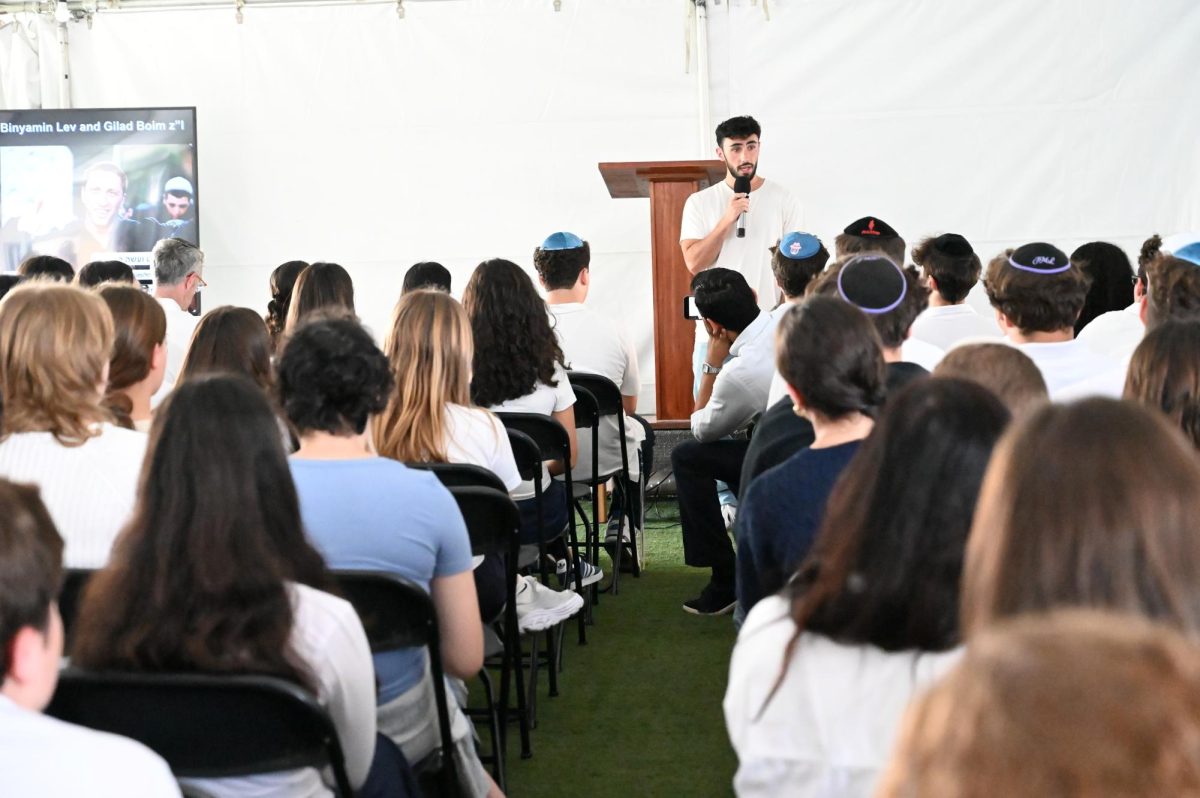A Magen David formed by electric candles on the ground illuminated the faces of Shalhevet students and faculty as they sat tightly packed around it for a kumzitz the morning of Oct. 7, 2024.
Clad in blue and white, the students and teachers sat together in the second floor hallway with the lights off, singing. It was part of the day’s programming commemorating the massacre in Israel one year ago from that day.
“This is unprecedented,” Head of School Rabbi Block said towards the end of the kumzitz. “We don’t know how to remember this day; we have to figure it out together.”
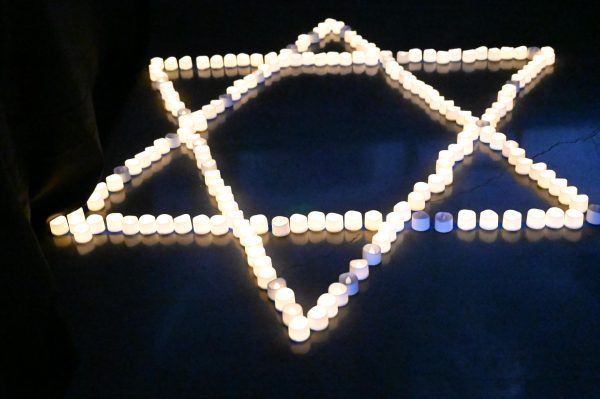
For Yom HaShoah, commemorating the Holocaust, and Yom HaZikaron, commemorating fallen soldiers and victims of terrorist attacks in Israel, there are certain ways the school and community remembers and honors those whom we have lost, he said. But this is the first time “we have to write the script” for a new yom, a new day of tragedy that is added to the calendar.
To set the tone of the day, upon immediately coming into the building, signs bearing the hostages’ faces lined the parking lot, a sign with the names of the people who died on Oct. 7, 2023 stood in the foyer and drawings of the hostages hung on the walls of the main spiral staircase.
During the kumzitz, the school sat a few feet away from where they had one on Oct. 10, 2023, the first day back at school from Sukkot break after the attacks last year.
Mashgiach Ruchani Rabbi Yagil Tsaidi reiterated a message that everyone should be “davening, not singing,” a message that faculty have emphasized at serious moments for Israel in the past.
As every Shalhevet kumzitz has ended this past year, the school sang the song Acheinu kol beit Yisrael, which means “our brethren, the entire Jewish people.”
Before the kumzitz, students went to half of first period where regular class was canceled and replaced by a mini-shiur on teshuva, repentance, as a nation.
After singing, davening and breakfast, the school gathered on the tented roof for a series of speakers, videos and programming.
Rabbi David Stein, Dean of Academic Affairs and a Judaic Studies and Israel Education teacher , introduced the assembly by framing it as a time to tell individual stories as a way of honoring and remembering all of the people who died.
He told the story of one soldier, Matan Abergil z”l, who died protecting his friends and fellow soldiers from a grenade on Oct. 7.
Rabbi Stein charged the students to carry themselves with Matan’s last words, “bishvil hachaverim ve’ha’am sheli,” for my friends and for my nation.
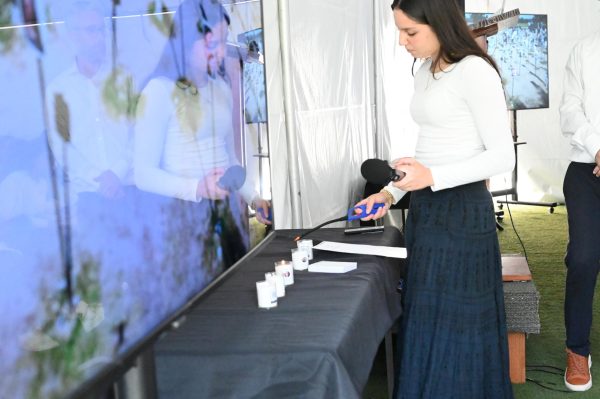
Alumnus Mitchell Hoenig ‘20, who served in a paratroopers unit in the IDF from the end of 2021 to the middle of 2023, also spoke at the program. Mitchell talked about his experience in Israel on Oct. 7, seeing his friends getting called into battle but not being called back himself because he had not yet made aliyah.
Immediately after Oct. 7 he volunteered to join reserves, but it took a month for him to officially rejoin. He has been in reserves since then and made aliyah a few months later.
During the assembly, he spoke about one of his friends who was killed on Oct. 7, and one who was killed in Gaza last May.
Rabbi Tsaidi then recited yizkor, a prayer remembering and honoring those who died on Oct. 7. Rabbi Block followed by singing a version of kel maleh, a prayer for those who have died that wishes them peace and divine protection for their neshamot, their souls. The prayer contained specific wording relating to last year’s attacks.
Six students also lit six candles, each in honor of a different group of people who were either wounded, taken captive, or killed on Oct. 7 and in the ensuing war. This is a practice taken from every school Yom HaShoah assembly.
The program concluded with each student writing reflections on note cards and then breaking off into groups to go around Shalhevet visiting different stations. Stations included reciting tehillim – psalms, making bags of provisions for IDF soldiers, and forming anemone flowers out of clay – commonly used in Israel to symbolize rebirth and memorialize the fallen.
After the program and for the rest of that week, the hostage signs, artwork, and locker posters remained in school, including the foyer sign with the names of the people who died on Oct. 7.
This story was originally published on The Boiling Point on October 11, 2024.

